Samsung Galaxy Watch 8 vs Galaxy Watch 7: No major reasons to upgrade
New shape, old tricks. Is that what Samsung's smartwatch division has been up to in the past months?
We may earn a commission if you make a purchase from the links on this page.

Intro
It's not a big secret, but Samsung tends to release a new wave of smartwatches every summer, usually alongside its newest foldable phones, and this year is no different. Samsung has just announced the Galaxy Watch 8, and it's nothing less of a paradigm shift for the company.
It comes with a compact and fresh new design that takes major cues from Samsung's best watch to date (the Galaxy Watch Ultra), some new software chops, all the AI you might ever need on a smartwatch, and a new band attachment mechanism. At the same time, Samsung has slapped a healthy $50 price hike to all models in comparison with the Galaxy Watch 7, which is a tough morsel to swallow.
Meanwhile, last year's Galaxy Watch 7 was a no-nonsense smartwatch with a timeless circular shape, a pretty decent selection of health and wellness features, and overall, excellent value, but only if you're using a Galaxy phone.
Galaxy Watch 8 vs Galaxy Watch 7: differences
- New squircle design vs standard circular design
- Thinnest Galaxy Watch (8.6 mm) vs 9.7 mm
- 3,000-nit display vs 2,000-nit display
- New Vascular Load feature on Galaxy Watch 8
- New Anitoxidant Index on Galaxy Watch 8
- New Dynamic Lug System for band attachment on Galaxy Watch 8, incompatible with Galaxy Watch 7 and prior
- 32GB storage on both
- 325/435mAh vs 300/425mAh batteries (on 40 and 44mm models, respectively)
- 10W wireless charging speeds on both
- $350 vs $300 starting price
Table of Contents:
Also read:
- Galaxy Watch 8 Classic vs Galaxy Watch 8: it's coming back, but why?
- Galaxy Watch 8 Classic vs Galaxy Watch Ultra (2025): well, one of these is new
- Samsung Galaxy Watch 8 Classic vs Galaxy Watch 6 Classic: All the differences
- Samsung Galaxy Watch 8 Classic Review: Bezel Dazzle
- Samsung Galaxy Watch 8 Review: Design that grows on you
Design & Sizes
A pretty major design shift
This year, Samsung has treated all of its wearables to a new squircle-like design language, which is mostly similar to what we got with last year's Galaxy Watch Ultra. We get a cushion-like Armor Aluminum 2 case paired with your standard circular screen. No rotating bezel here, just the standard dual buttons on the right-hand side, but the bezel is touch-sensitive once again.
This design change not only ensures that all of Samsung's watches going forward will employ the same design, but has also allowed the company to put a slightly larger battery inside the wearable, which is always nice to have. However, the upgrade is minor and doesn't really improve the battery life at all.
Here's the kicker: the Galaxy Watch 8 is also the thinnest Galaxy Watch so far, spanning 8.6 mm in comparison to 9.7 mm on last year's Galaxy Watch 7.
All of that is in contrast with the Galaxy Watch 7, which is a standard circular smartwatch, just like most wearables Samsung has released in the years prior. It's the most recognizable shape for a watch that translated well for the smartwatch offshoot, too, and the South Korea-based giant knew that well.
One major change to the displays! The new Galaxy Watch 8 is significantly brighter with peak brightness reaching up to 3,000 nits, a major improvement over the 2,000-nit peak brightness of the Galaxy Watch 7.
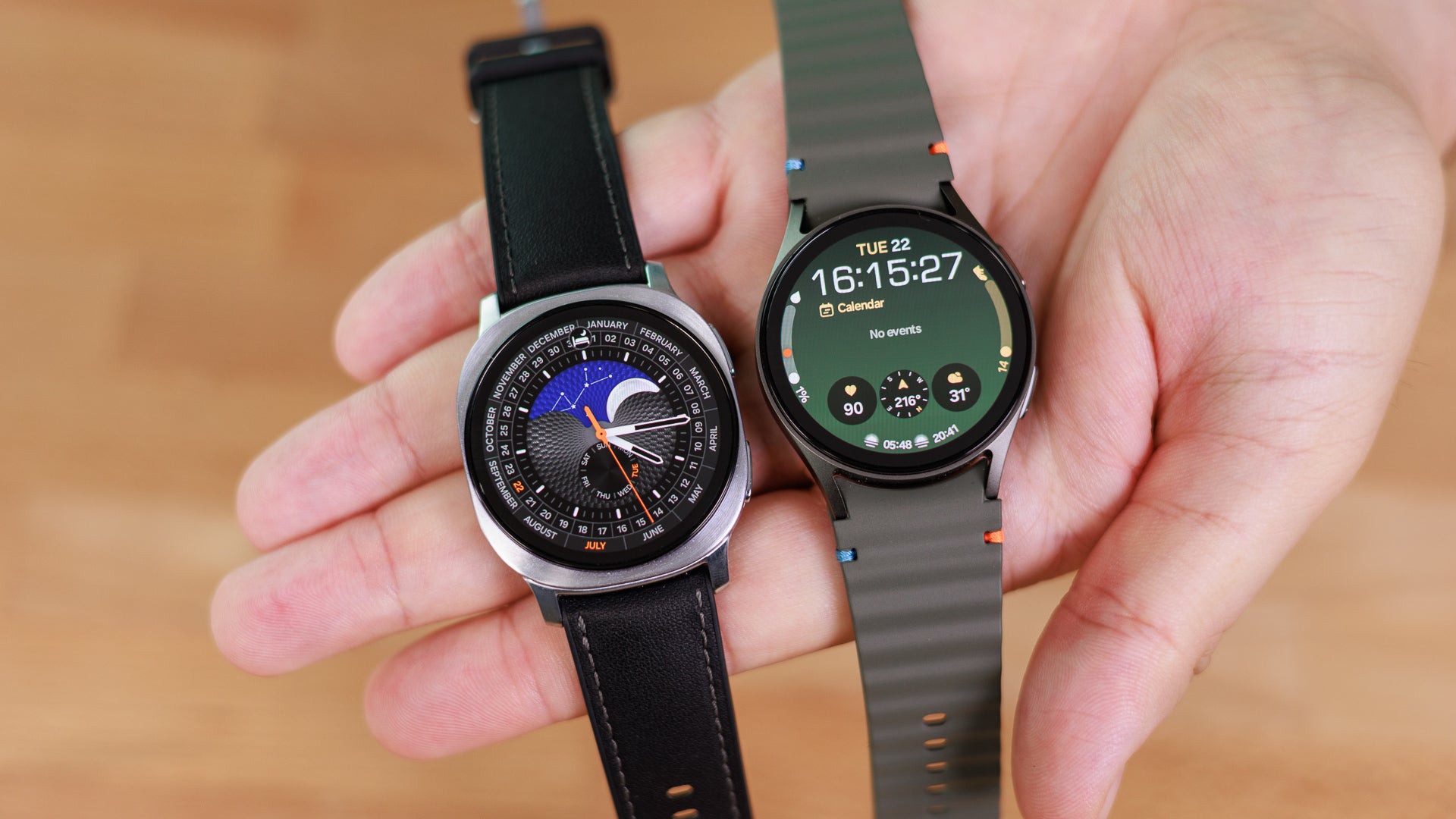
The Galaxy Watch 8 is much brighter than the Galaxy Watch 7 (Image by PhoneArena)
Both watches are available in two size versions: 40 and 44 mm ones. In terms of durability, things are pretty common, with IP68 water and dust resistance, as well as enhanced 5ATM water resistance, just like the Galaxy Watch 7.
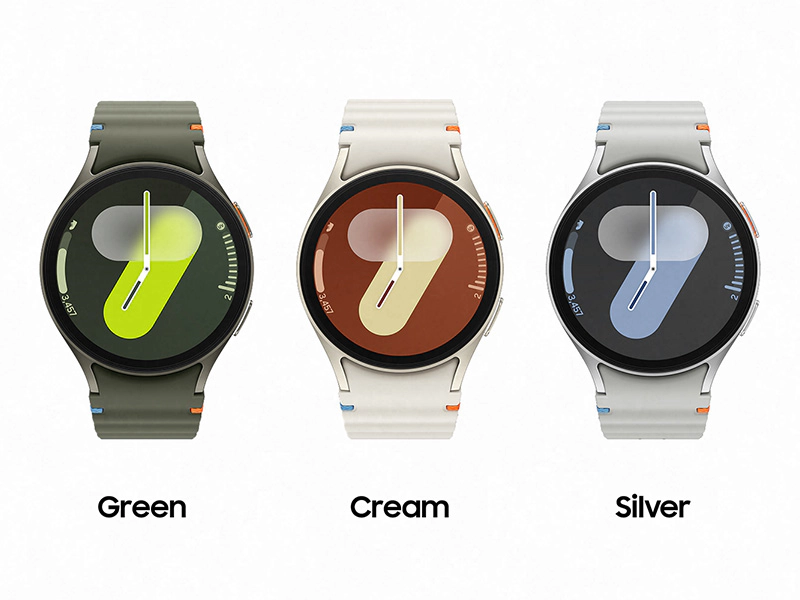
Galaxy Watch 7 colors
Bands
Another band attachment change
With the Galaxy Watch 6, Samsung introduced a new quick-release band attachment mechanism to its smartwatches. It uses a button to quickly detach the strap mechanism from the case of the watch. The system worked perfectly on both the Galaxy Watch 6 and Galaxy Watch 7 generations, but no more, says Samsung, as it unveils a brand-new band attachment mechanism with the Galaxy Watch 8 series.
Called Dynamic Lug System, it improves the attachment angle and minimizes the gap between your wrist and the watch, ensuring a snug fit that improves heart-rate accuracy by up to 11%. With this new system, it's even easier to swap bands on the fly, but there's one major change: old Galaxy Watch bands are incompatible with the new attachment standard, so wave goodbye to your old bands.
At least Samsung has brought a lot of variety in terms of new band offerings. The Galaxy Watch 8 comes with three new band types, dubbed Athleisure, Fabric, and Sport. These utilize different finishes and will be available in multiple colors.
Software & Features
First Gemini-powered smartwatch
As is tradition, the latest versions of Wear OS with One UI Watch running on top is the software of choice on the Galaxy Watch 8. The interface is slightly redesigned, with the Galaxy Watch 8 scoring the Now Bar from Samsung's One UI 7 flagships. It shows relevant information like timers and media controls on your watchface. Another change has come to how notifications are displayed: notifications from each app now occupy a single page, giving you richer context and providing with more relevant actions at the bottom.
But the most essential new feature here is Google Gemini. Yes, the Galaxy Watch 8 is the first smartwatch with Gemini on board, and it can execute multistep actions straight on your watch. For example, you can tell it to start a 5K run and play your workout playlist. As Gemini is cloud-based, this feature will only work well on the cellular version of the watch, or on the regular Bluetooth one if you keep your phone close by.
As usual, the Galaxy Watch isn't compatible with iOS, and even some of its best health features are only limited to Galaxy phones.
Both smartwatches have the same BioActive sensors, supporting ECG, heartrate monitoring, VO2, blood pressure, skin temperature, and more.
New health-related features on the Galaxy Watch 8 tap into the capabilities of the same BioActive sensor and include Vascular Load and Antioxidant Index. The former aims to gauge the vascular load on your circulatory system while you're asleep and provide you with ways to improve it. It tracks your sleep habits, exercise load, and stress levels to determine your vascular load. The other new feature uses sensor data to determine the levels of antioxidants accumulated in your skin. It also gives you recommendations on how to lower your antioxidants.
Both of these new features are exclusive to the Galaxy Watch 8 series and won't come to the older models.
Other improvements include a new Bedtime Guidance feature that will use Galaxy AI to determine the best times to hit the hay at night, based on your heart rate variability, heart rate, and previous sleep data.
Another new activity-based feature called Running Coach will provide guidance and motivation to runners, give motivational messages, insights, and real-time feedback.
Battery and Charging
New design means larger batteries
Last year's Galaxy Watch 7 came with a 300 mAh battery in the 40 mm version, while the larger 44 mm one came with a 425 mAh battery. Thanks to the redesign of the Galaxy Watch 8 range, Samsung has fit slightly larger batteries inside the new wearables: we get a 325 mAh battery in the 40 mm version and 435 mAh one in the 44 mm one.
Samsung's official battery expectations give us up to 30 hours with always-on display enabled and up to 40 hours with AOD off, so the potential for slightly better battery life in comparison with the Galaxy Watch 7 is definitely there. Of course, battery endurance is unique for every user, but having a larger battery never hurts.
In real life, we don't notice any major improvements to the Galaxy Watch 8's battery life. You will have to charge this smartwatch every day, just as before.
Charging-wise, we have the same 10W wireless charging on the Galaxy Watch 8. It would take slightly less than two hours for a full charge.
Models and Prices
There are two versions of the Galaxy Watch 8: 40 and 44 mm ones. As usual, they come in Bluetooth and cellular versions. The same applies to the Galaxy Watch 7 as well.
In terms of prices, things are rather simple: Samsung has increased prices by $50 across the board.
The 40 mm Bluetooth-only watch is priced at $350, while the 44 mm one goes for $380. The LTE-enabled 40 mm versions costs $400, while the top 44 mm LTE model goes for $430.
Meanwhile, the Galaxy Watch 7 started at $300 for the 40 mm Bluetooth version and $330 for the 44 mm one. The cellular versions cost $350 for the 40 mm and $430 for the 44 mm version.
Specs
Here is how the Galaxy Watch 8 vs Galaxy Watch 7 specs have turned out:
| Galaxy Watch 8 | Galaxy Watch 7 |
|---|---|
| Models 40 mm 44 mm both in Wi-Fi or Wi-Fi + Cellular versions | Models 40 mm 44 mm both in Wi-Fi or Wi-Fi + Cellular versions |
| Processor Exynos W1000 chip | Processor Exynos W1000 chip |
| Software Wear OS, One UI Watch 8 | Software Wear OS, One UI Watch 7 |
| Battery 325/435 mAh 10W wireless charging | Battery 300/425 mAh 10W wireless charger |
| Sensors HR, blood oxygen, altimeter, ECG | Sensors HR, blood oxygen, altimeter, ECG |
| Key features First smartwatch with Google Gemini Vascular Load, Antioxidant Index | Key features First Samsung smartwatch with 3nm chip |
Summary

The Galaxy Watch 8 combines a design refresh with new health features and more AI on your wrist, but also slaps a major $50 bump to the price tag. It's also thinner than its predecessor and comes with a new band attachment mechanism that promises snugger fit and better health accuracy.
However, the Galaxy Watch 7 doesn't really feel like it's too outdated at all. As it supports mostly the same feature set, it doesn't immediately feel like you should upgrade to the newer model. The Galaxy Watch 8 is mostly aimed at users of older Samsung smartwatches, like the Galaxy Watch 4 and 5, and it could definitely offer decent value to users of those two.
Overall, we definitely love and recommend getting the Galaxy Watch 8, but you have to be aware of its caveats, with the biggest one being the battery life.
Follow us on Google News


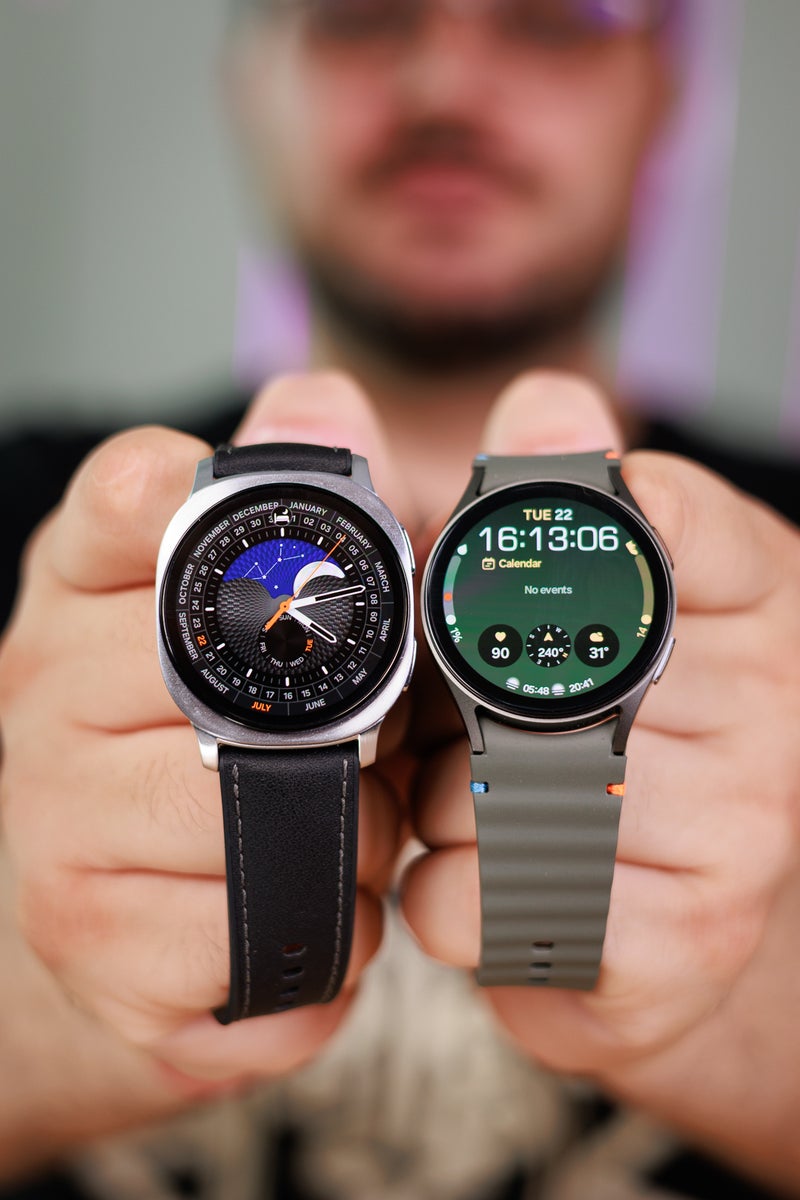

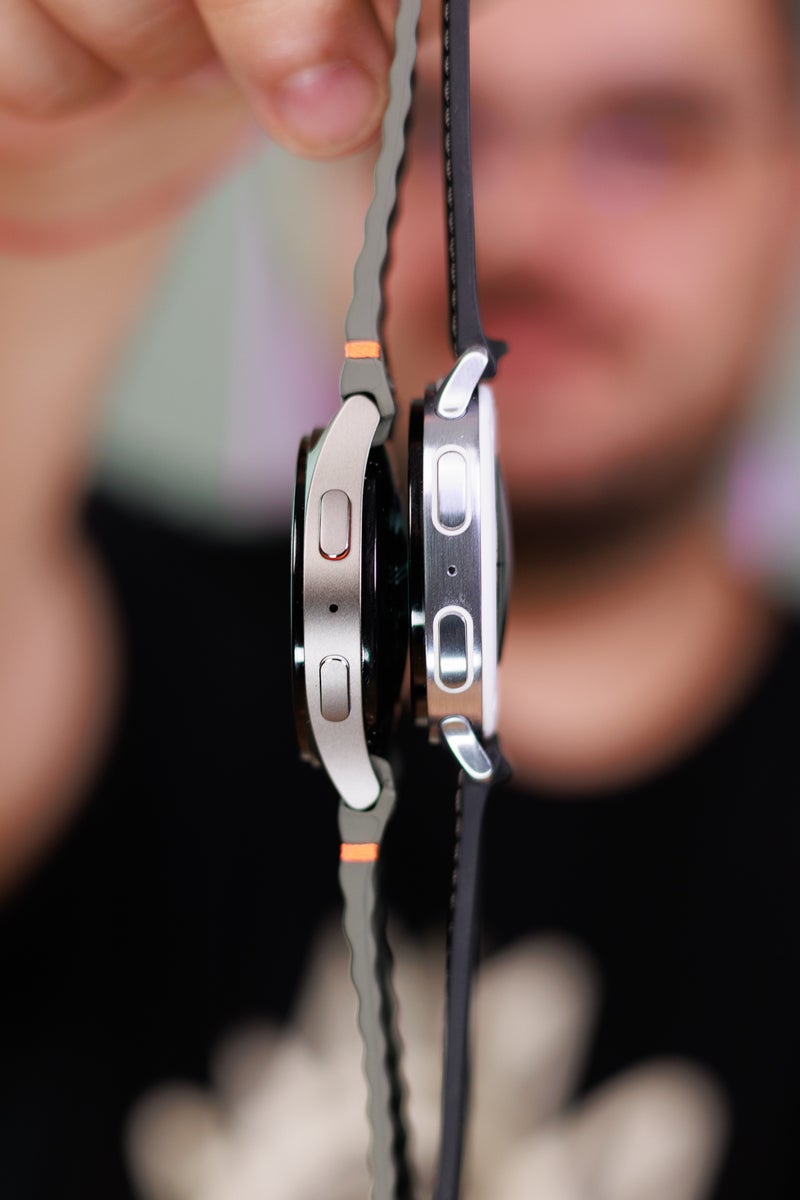
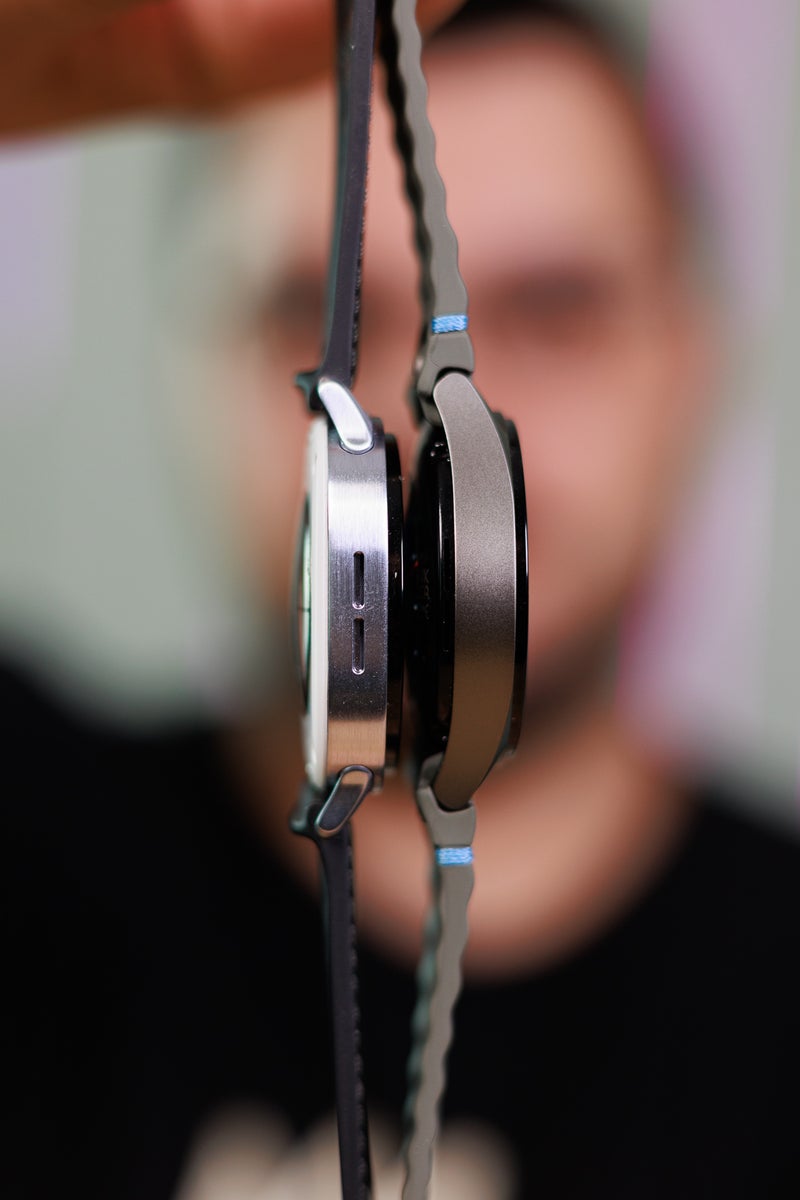
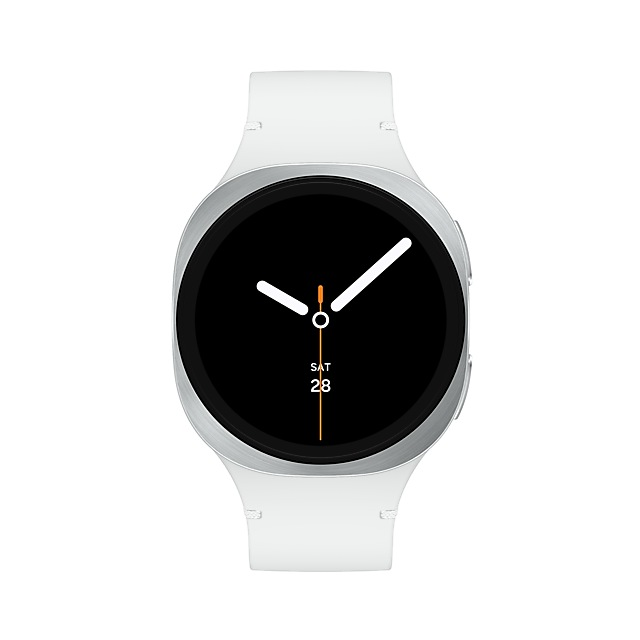
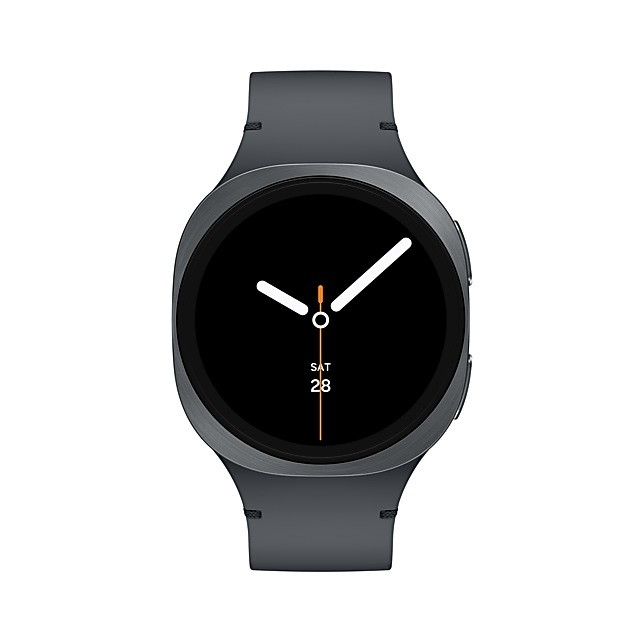
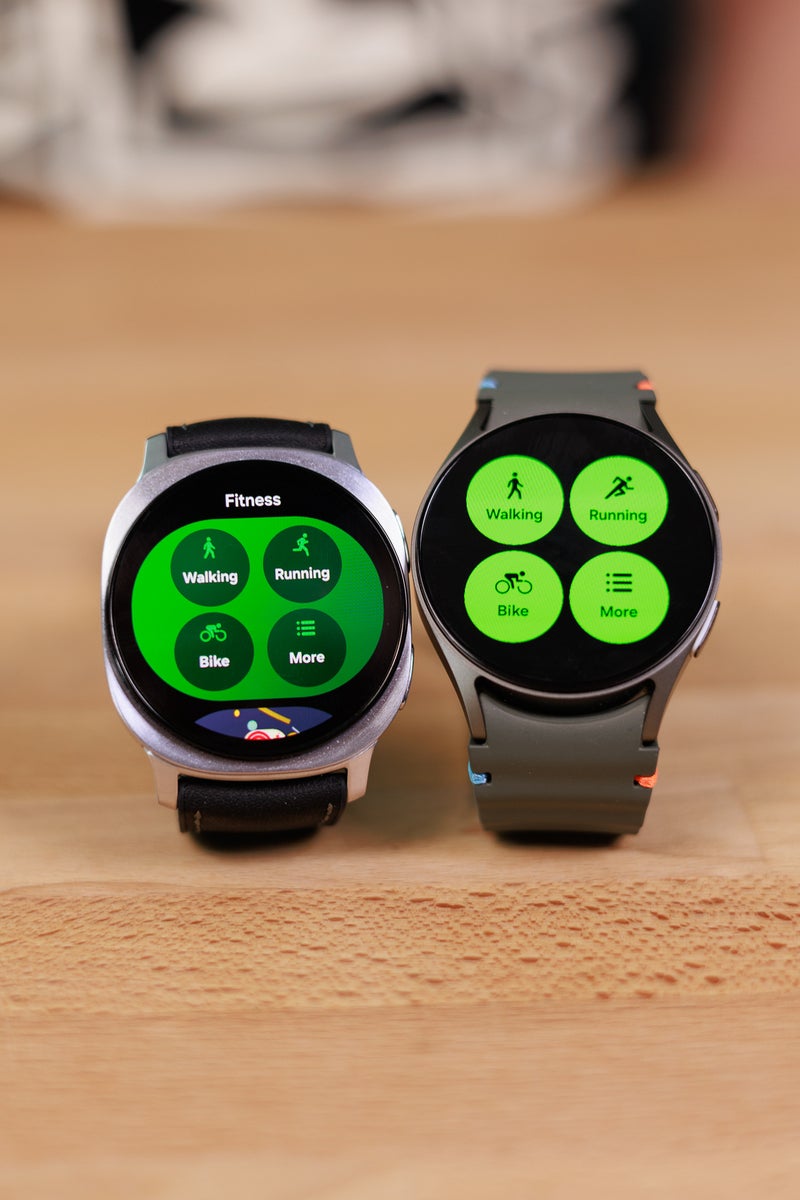



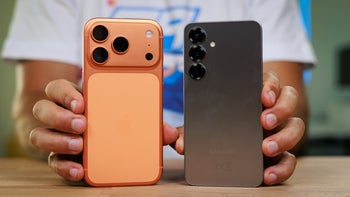
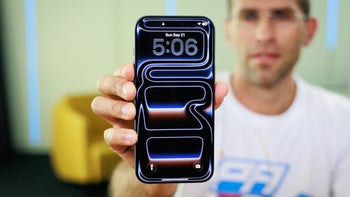
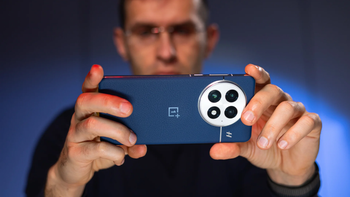
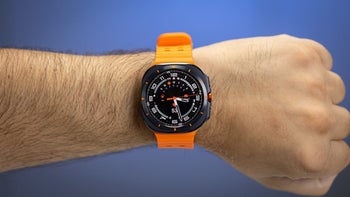
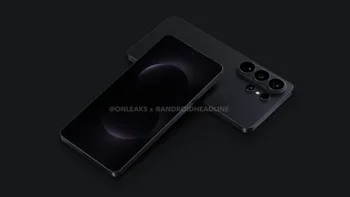
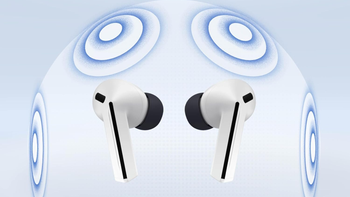
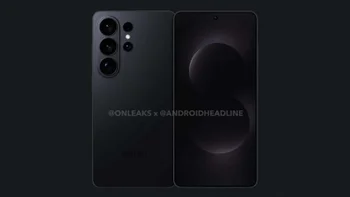

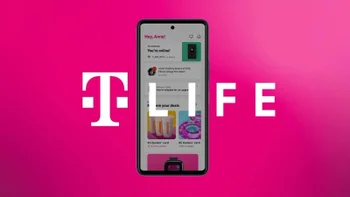

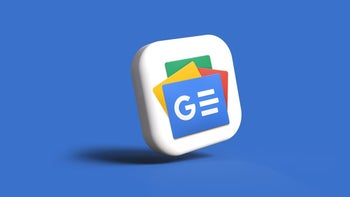
Things that are NOT allowed:
To help keep our community safe and free from spam, we apply temporary limits to newly created accounts: